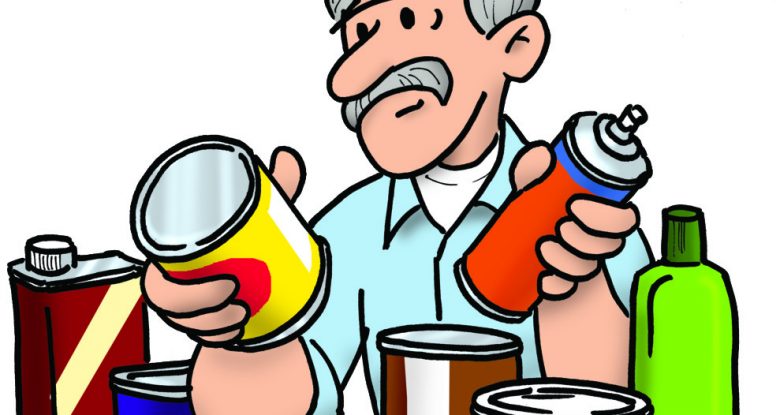Narrow down your selection of finishes by knowing what results you want
This article was first published in issue 33 of Scroll Saw Woodworking & Crafts.
Oils
Pure oils used as finishes, such as linseed oil (not boiled linseed oil) and pure tung oil, cure slowly compared to other finishes. They cure soft, which means you have to wipe off the excess after each application. They do not provide a hard protective film on top of the wood. The slow drying time makes them easy to apply. Used alone, they provide a satin finish. Apply an oil finish to warm up the tone of the wood before applying a more protective finish.
Varnishes
Varnishes are created by cooking a curing oil, such as linseed or tung oil, with resins, such as polyurethane, and adding metallic drying compounds to speed up the curing time. Varnishes cure hard and are considered the most durable and protective commonly available finish. Varnishes tend to produce a glossy finish, but there are products available to dull the surface to create a semi-gloss or satin sheen.
Oil-Varnish Finishes
In some finishes, such as Danish oil finish, varnish is mixed with an oil to make it easy to apply. The oil allows the finish to penetrate into the wood while the varnish provides surface protection. Oil finishes warm up the tone of the wood, but they dry faster than pure oils. Oil finishes produce a protective film with a satin, semi-gloss, or gloss sheen, but it is much softer than the film produced with varnish.
Lacquer
To create a lacquer, manufacturers dissolve plastic-like substances in a solvent referred to as lacquer thinner. These plastic compounds, usually nitrocellulose or acrylic compounds, provide a quick-drying finish. The finish is hard, but still flexible and durable. Most woodworkers apply lacquer with a sprayer while scrollers opt for aerosol cans of lacquer, such as Deft. Lacquer can be applied with a brush, but it can be time consuming to smooth and level. Lacquer thinner is toxic, volatile, and flammable, so use a respirator during application. Lacquer produces sheens ranging from ultra matte to high gloss.
Shellac
Shellac is created by dissolving resin produced by an insect in denatured alcohol. Shellac is available in flake form that you mix with denatured alcohol or can be purchased pre-mixed. Shellac is a relatively hard finish, but it can be dissolved by alcohol. Many woodworkers use shellac as a barrier coat on top of wood before applying varnish or lacquer. Shellac seals the wood to prevent resin from leaking out. Woodworkers thin shellac heavily and apply it to woods that stain unevenly. The thinned shellac helps the wood absorb the stain evenly. Reduce the gloss of shellac by sanding it lightly. French polishing, the process of applying thin coats of shellac with oil, lets you rub the finish to a soft sheen.
Wax
Wax is simple to apply, but protects wood even less than pure oils do. Wax dries very soft and dissolves in nearly any solvent, including the solvents in commercial furniture polish. Many woodworkers apply wax on top of a varnish or lacquer finish to add gloss and protect the finish from everyday scuffs and scratches.
Discuss this material on the Scroll Saw Woodworking & Crafts forums.







